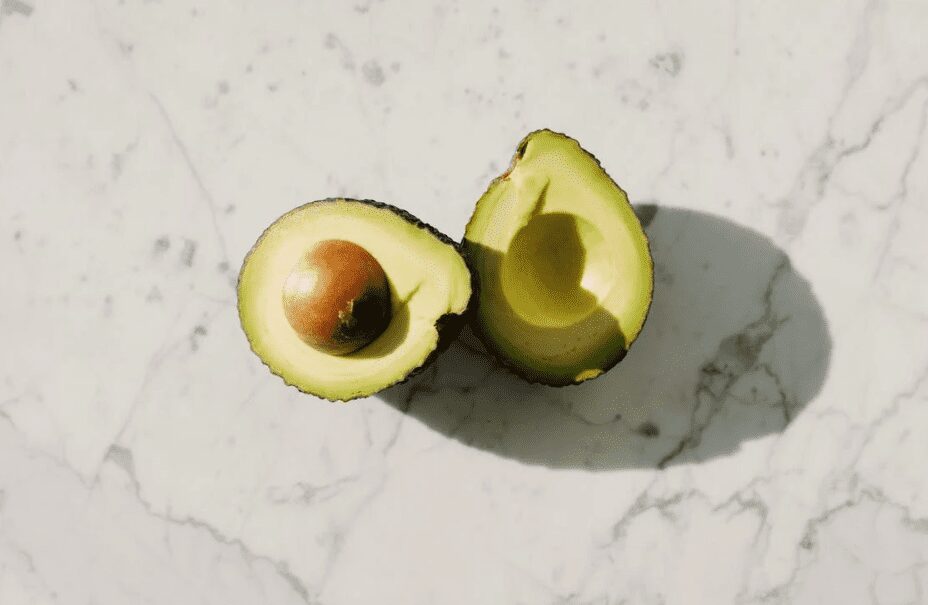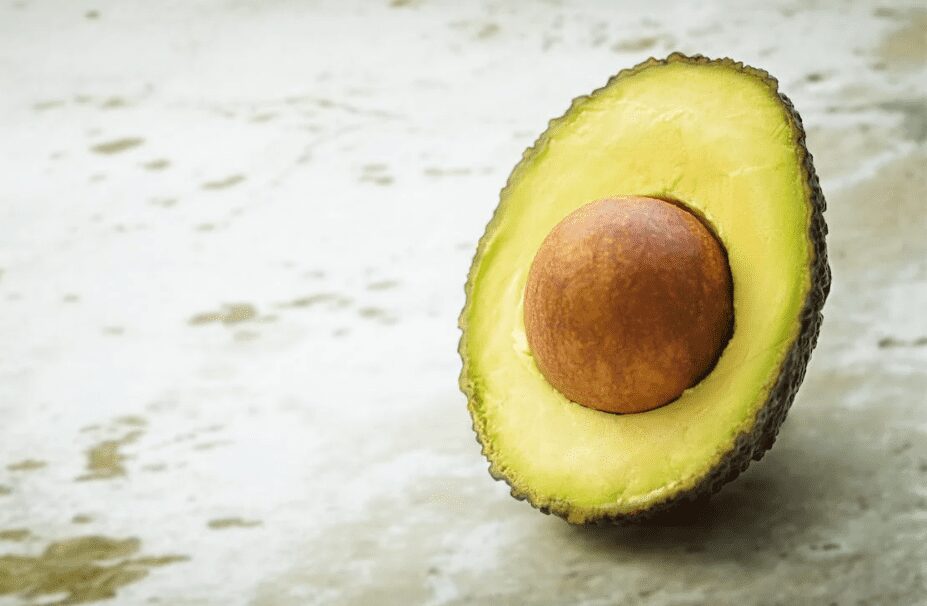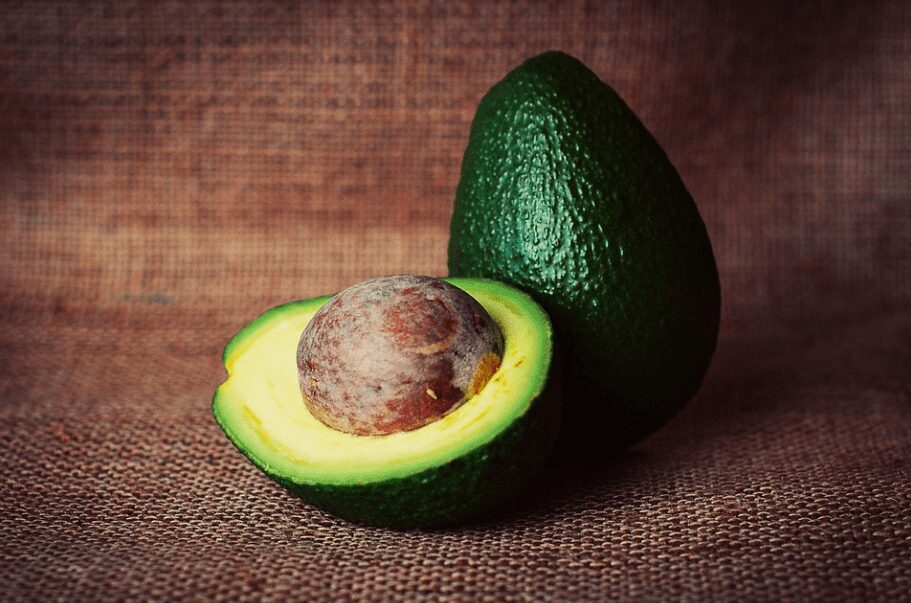Avocados are one of the most popular fruits worldwide. They’re packed full of nutrients like vitamin K, potassium, folate, fiber, and monounsaturated fats. They’re also very healthy snacks because they’re low in calories. But there’s one thing you probably didn’t know about avocados: they turn brown when they ripen.
The reason behind this phenomenon isn’t clear, but it seems to be related to an enzyme called polyphenolic oxidase, or PPO. This enzyme helps break down the pigments found in the fruit, causing it to turn brown.
So what does this mean for you? Well, you don’t necessarily need to throw out perfectly good avocados simply because they’ve turned brown. If you want to keep those beautiful green colors intact, here are some tips to help you do just that.
How To Keep Avocado From Turning Brown

Avocados don’t always brown naturally; it happens because of enzymatic reactions that take place inside the fruit. This process occurs slowly over time and is influenced by many factors such as temperature, light exposure, ripeness, and even how the fruit is handled. Below are the tips to keep your avocados from turning brown.
Wrap It Or Store It In An Airtight Container
The enzyme polyphenol oxidase (PPO), which causes the browning of fruits and vegetables, is present in the flesh of most types of fruit. When you cut up an avocado, the enzymes in the pulp become exposed to oxygen, causing the oxidation process to begin.
Once the avocado is sliced, the phenolics and phenoloxidases (enzymes that catalyze the formation of phenolic compounds) in the pulp are exposed. These enzymes convert the phenolics into quinones, which form the brown coloration in the flesh of the avocado.
As the browning continues, the quinone molecules bond together to form melanins, which give the avocado its dark color.
If you want to prevent this from happening, you must keep the avocado away from oxygen. To do this, place the avocado in an airtight container and cover it with plastic wrap. If you don’t use plastic wrap, make sure the lid is tightly sealed.
Adding Lemon Juice
Aside from oxygen, modifying the pH level is another helpful way to control browning. Browning occurs because of the enzyme polyphenol oxidase (PPO), which is activated by high levels of oxygen.
To stop browning, you must reduce the amount of oxygen that reaches the fruit. This can be done by adding acidulants like citric and ascorbyl palmitate, which are naturally occurring acids found in lemons.
These chemicals lower the pH of the fruit, thereby reducing the activity of PPO.
Store It With An Onion
Cutting an avocado isn’t just about slicing off some delicious fruit; it’s also about preventing browning. This is because the enzyme polyphenol oxidase (PPO), found in the flesh of many fruits and vegetables, causes the oxidation of phenolic compounds into brown pigments.
These are responsible for the color changes we see when avocados ripen, and they’re also what give avocados their characteristic greenish hue.
The good news is that there are ways to slow down the process. One way is to store your avocado with a slice of onion. A study published in the Journal of Agricultural Food Chemistry showed that onions inhibit PPO activity by up to 33%.
Submerge In The Coconut Water
If you’re looking to preserve the color of your avocados, there are some simple ways to do it. One of those ways involves placing your fruit in a container filled with coconut water. Coconut water contains antioxidants that help prevent oxidation, which is what causes avocados to turn brown.
However, you may not want your avocado to sit in coconut water for very long since doing so could cause it to lose its firmness and develop a soft texture. If you don’t mind losing the firmness of your avocado, however, this method works well.
Add A Bit Of Pineapple Juice
In a study published earlier this month in Food Chemistry, researchers found that adding pineapple juice to avocados kept them from browning during storage. But why does pineapple juice work? One explanation could be that it contains compounds called polyphenols, which are known antioxidants.
On the one hand, evidence suggests that pineapples contain similar levels of sulfites, a common anti-browning compound, as do lemons. On the other hand, studies show that pineapple juice has stronger antioxidant activity than lemon juice.
Either way, brushing a bit on the juice on your avocado pulp may help delay brownness.
Is It Safe To Eat Browned Avocados?

Enzymatic browning occurs when enzymes present in the fruit start breaking down the cell walls of the flesh, creating a condition called “browning.” This process begins immediately upon cutting open the fruit and continues throughout its life cycle.
Browning does not affect the flavor of the avocado; however, it does cause significant changes to the texture and color of the fruit. Avocados turn brown because of exposure to oxygen during storage and transport.
Avocados are generally considered safe to consume once they have turned brown. They are still perfectly edible, although some people find them less appealing due to their appearance.
If your avocado smells strongly of mold, discarding it is recommended. Moldy avocados usually contain high levels of ethylene gas, which causes them to ripen.
How To Keep Guacamole From Turning Brown

Guacamole is one of those foods that you either love or hate. If you’re a fan, you’ll likely eat it every chance you get. And if you don’t care much about guacamole, chances are you’ve never even tried it. Either way, you probably know that avocados are full of nutrients and healthy fats, making them a great addition to salads, sandwiches, tacos, and pretty much anything else you want to add some flavor to.
But while avocados are delicious, they aren’t always easy to work with. They bruise easily, turn brown quickly, and start to lose their texture once they go beyond a certain point. So what happens when you try to make guacamole? You end up with something that looks good, and tastes okay, but isn’t quite what you had hoped.
The problem lies in the fact that avocados contain a lot of water. Water makes everything around it expand, including the air inside the avocado. As a result, the avocado starts to break down faster than normal and turns brown. To combat this, you can wrap the whole thing in plastic wrap, but that doesn’t really help because the plastic itself absorbs moisture from the outside environment.
So how do you avoid this problem? There are actually several ways to ensure that your guac stays perfectly green like storing Guacamole with the avocado pit, adding extra lime juice to Guacamole, or covering it with a layer of water.
Water works best because half an inch of water forms a barrier over the guacamole, preventing air from penetrating at least partially. The day after prep, the guacamole is as green as it was in the fridge.
You can keep your guacamole green for up to two days using this technique. When storing, simply cover the bowl with plastic wrap to avoid accidentally spilling water or adding anything else.
FAQs

Q: What does it mean when my avocado turns brown?
A: When your avocado turns brown, it means that the skin has oxidized. Oxidation occurs naturally as the fruit sits at room temperature. It also happens if you leave the avocado exposed to air after peeling it.
Q: How do I know if my avocado is ripe?
A: The easiest way to tell if your avocado is ready to eat is by feeling the pit. It should feel soft and give slightly when pressed. If it feels hard, then it probably needs more time.
Q: Why do some avocados have dark spots?
A: Dark spots on your avocado are caused by the bruising. Bruising occurs when the avocado is dropped or hit against something hard during transport.
Q: Is it safe to eat an avocado that looks bruised?
A: Yes! Bruised-looking avocados can still be perfectly edible.
Q: How long should I refrigerate my avocado?
A: Avocados should be stored in the refrigerator for maximum freshness. Refrigerating an avocado slows down its ripening process, so it’ll stay good for several days.
Let’s Sum It Up
Avocados are a healthy food that can be enjoyed in many different ways. Whether you like them sliced up on top of salads, used as guacamole, or eaten straight out of the shell, this versatile fruit will add flavor and nutrients to any meal.
Avocados are delicious fruits that contain healthy fats, vitamins, minerals, fiber, protein, antioxidants, and many other nutrients. Oxidation causes avocados to lose flavor and texture over time. To avoid this, store them in the refrigerator and keep them away from light.
Onions are another acidic food that prevents oxidation. Sulfur compounds found in onions help preserve the avocado’s color and taste. If you want to make sure your avocado doesn’t turn brown, slice it up into small pieces and place it in a paper bag. This helps trap the air inside the bag and keeps the avocado from oxidizing.
You can also protect your avocado by placing it in a sealed container. A glass jar works well because it allows oxygen to enter the container while preventing moisture from getting out.

